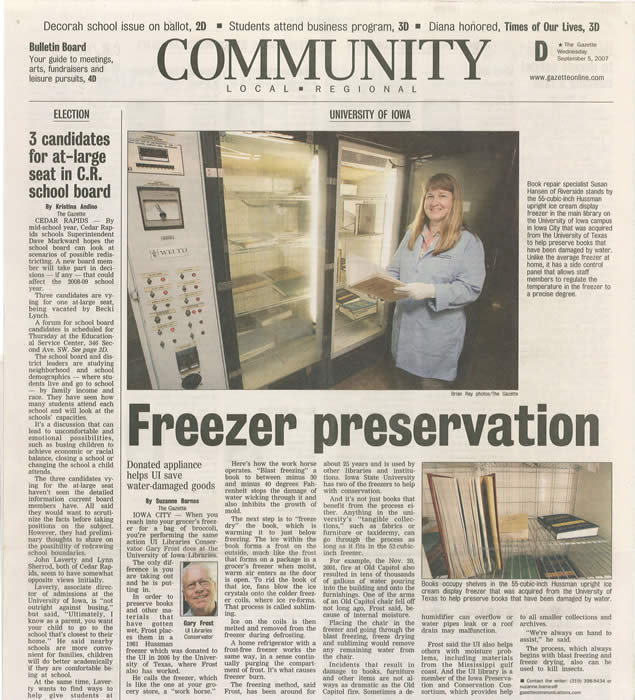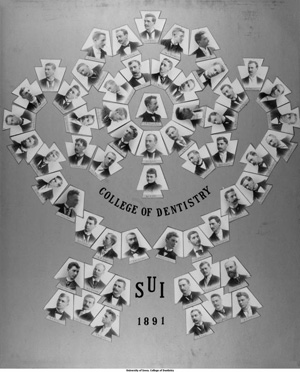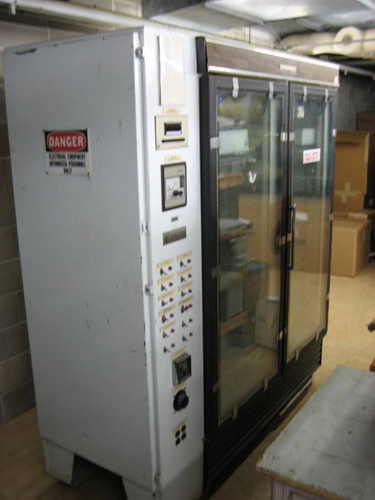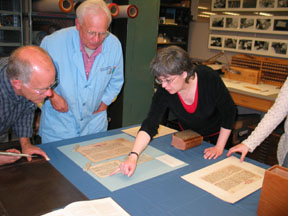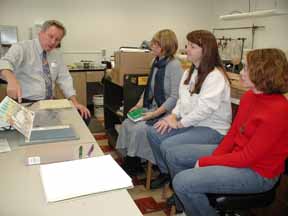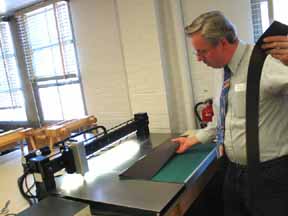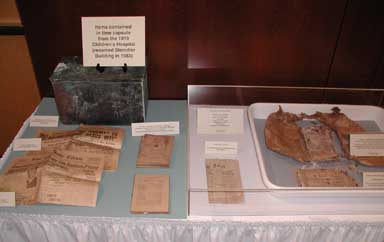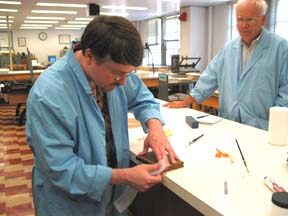A University of Iowa Libraries preservation team will assist conservation of historical libraries of Arequipa, Peru. Arequipa is in the southern region of Peru near the border with Chile. With a population of one million it is the second largest city. The city is 40 miles from the coast and surrounded by volcanoes and expansive canyon lands. The region has had long pre-Incan settlement with an archeological record of more than 6,000 years. The Incan intrusion began in the 14th century. Spanish settlement was established in 1539.
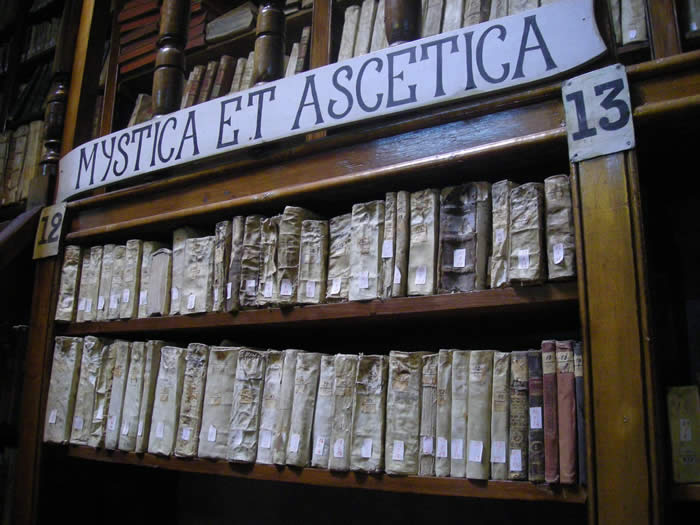 The project team will demonstrate actions needed to preserve these historical libraries. Specialists Chela Metzger from the Kilgarlin Center for the Preservation of the Cultural Record, University of Texas at Austin, Anna Embree, from the School of Library and Information Studies, The University of Alabama and project director Gary Frost, UICB Instructor and University of Iowa Libraries will demonstrate non-damaging exhibit installation, methods for preservation of historical libraries and cleaning and stabilization of book collections. The team will also participate in salvage of collections from earthquake damage.
The project team will demonstrate actions needed to preserve these historical libraries. Specialists Chela Metzger from the Kilgarlin Center for the Preservation of the Cultural Record, University of Texas at Austin, Anna Embree, from the School of Library and Information Studies, The University of Alabama and project director Gary Frost, UICB Instructor and University of Iowa Libraries will demonstrate non-damaging exhibit installation, methods for preservation of historical libraries and cleaning and stabilization of book collections. The team will also participate in salvage of collections from earthquake damage.
Libraries for the education of clerics were founded beginning in the mid 17th century. Subsequent acquisition programs have continued to build the collections bringing together printed books imported to Peru as well as those printed in Peru over a period of five centuries. The genres collected include civil and cannon law, theology, ecclesiastic history, philosophy, sociology, and linguistics. The church libraries have also served as repositories for magazines, newspapers and regional imprints of various kinds.
